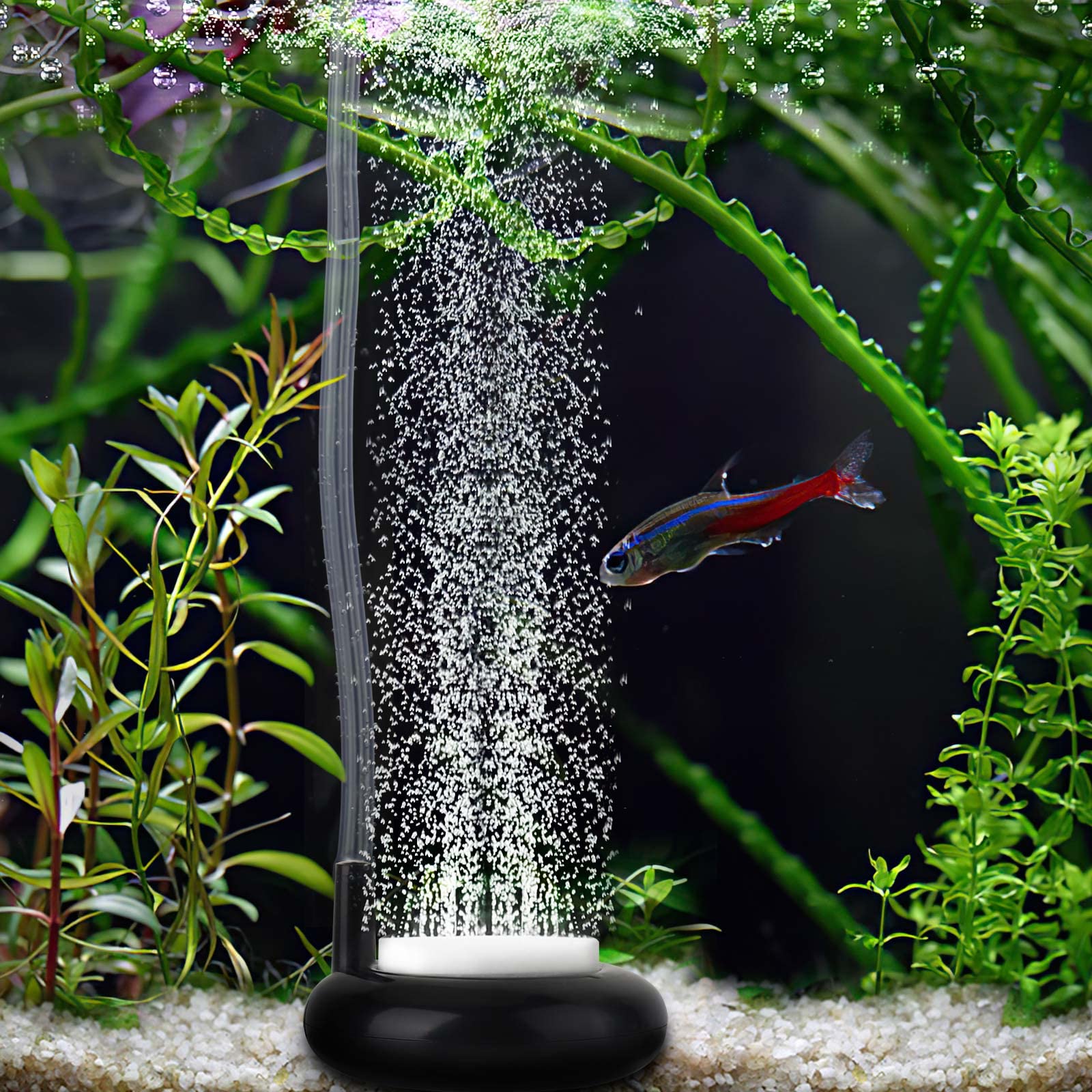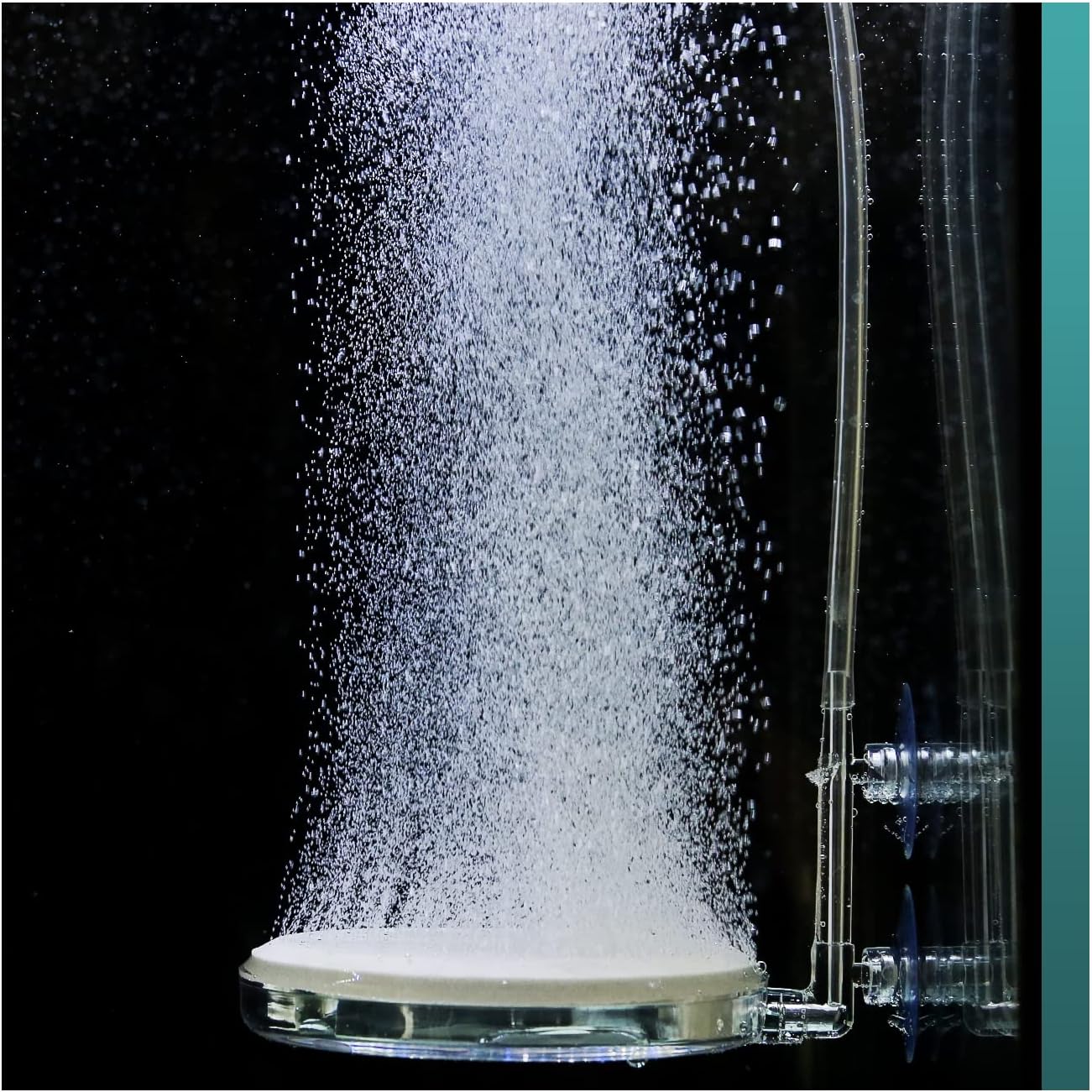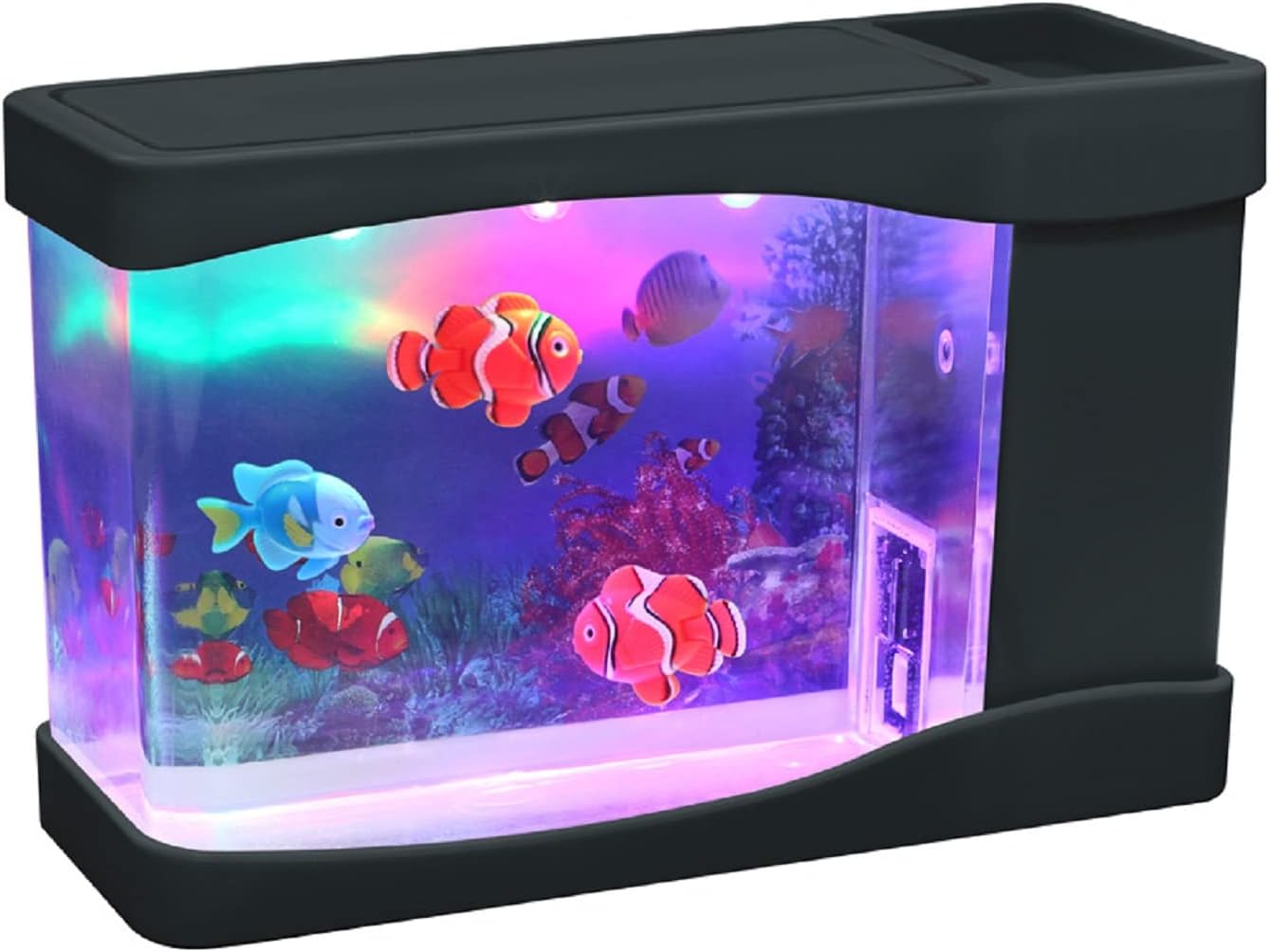Introduction: The Fascinating World of Bubbles in Your Fish Tank
The gentle dance of bubbles rising from the depths of a fish tank is a mesmerizing sight that captivates aquarists and admirers alike. These tiny spheres of air not only add an element of tranquility to the aquatic environment but also play crucial roles in maintaining the health and balance of the ecosystem within. This comprehensive guide delves into the world of aquarium bubbles, exploring their origins, purposes, potential issues, and how to optimize them for the benefit of your finned friends.

Understanding the Origins: Natural and Artificial Sources
Aquarium bubbles can originate from both natural and artificial sources. Naturally, water movement and surface agitation caused by fish swimming, filter outflows, or even plants swaying can introduce oxygen into the water, which escapes as bubbles. Artificially, aerators, air stones, and protein skimmers are commonly used to increase water aeration, enhancing the vital gas exchange between the water and air. Understanding these sources is fundamental in managing bubble production effectively.
A Life-Sustaining Purpose: Oxygenation and its Importance
At the heart of aquarium bubbles lies their life-sustaining role—oxygenation. Fish, like all living creatures, require oxygen to survive. In an enclosed system such as a fish tank, the availability of dissolved oxygen in the water is critical. Bubbles serve as a conduit, bringing fresh oxygen into the water and facilitating the release of harmful gases like carbon dioxide. Insufficient aeration can lead to oxygen deprivation, stress, and even death among aquatic inhabitants, emphasizing the need for a well-aerated tank.

The Role of Bubbles in Water Circulation and Filtration
Beyond their primary function of oxygenation, bubbles contribute significantly to water circulation and filtration. As they rise, they create currents that help distribute heat evenly, prevent stagnant areas, and carry particulate matter towards filtration systems. This process aids in maintaining water clarity and reducing the build-up of harmful substances. Furthermore, some advanced filters utilize bubble-driven processes like protein skimming to remove organic compounds, improving overall water quality.
Decorative Aspects: Adding Visual Appeal with Bubbles
Aquarium bubbles aren’t just functional; they also enhance the visual appeal of a tank. Decorative features such as bubble walls, rings, or ornate air stones transform the simple act of aeration into a captivating display. The soft, continuous stream of bubbles adds movement and depth to the scenery, creating a serene and enchanting atmosphere. For aquascapers, strategic placement of bubble-producing devices can complement plant arrangements and rockwork, elevating the aesthetic value of the aquarium.

Troubleshooting Common Issues with Aquarium Bubbles
While bubbles are generally beneficial, certain issues may arise that require attention. Excessive bubbling can indicate over-aeration, leading to gas bubble disease in fish, where gas accumulates in their tissues, causing buoyancy problems. Adjusting airflow or relocating equipment can resolve this. Conversely, lack of bubbles might signal a malfunctioning aerator or inadequate water surface agitation, necessitating maintenance checks or equipment upgrades. Monitoring bubble patterns can thus provide valuable insights into the health of your aquarium system.
Optimizing Bubble Production for Your Specific Aquarium Needs
Optimal bubble production varies depending on the aquarium’s size, fish species, and plant load. Smaller tanks or those housing more oxygen-demanding species may require increased aeration. On the other hand, heavily planted tanks benefit from reduced bubble output since plants naturally produce oxygen through photosynthesis. Adjustments should be made gradually, observing fish behavior and testing water parameters regularly. Balancing aesthetics with functionality is key, ensuring a healthy and visually pleasing environment.
Advanced Techniques: CO2 Injection and Planted Tank Considerations
For serious aquarists, especially those maintaining planted tanks, managing carbon dioxide (CO2) levels becomes paramount. While regular aeration introduces oxygen, injecting CO2 is essential for promoting lush plant growth. This practice requires careful monitoring and control mechanisms to avoid oxygen depletion and maintain a delicate equilibrium. Specialized equipment like solenoid valves and pH controllers ensure precise CO2 dosing, complementing bubble production for a thriving aquatic ecosystem.

Incorporating CO2 Systems with Aeration: A Delicate Balance
Integrating CO2 injection systems with conventional aeration setups calls for a meticulous approach to balance the needs of aquatic plants and animals alike. Since CO2 is acidic and can lower the pH of the water when introduced, it’s crucial to monitor and regulate pH levels to prevent stress on fish and other inhabitants. pH controllers automatically adjust CO2 release based on pre-set pH targets, maintaining an optimal environment for both flora and fauna.
Placement Strategies for CO2 Diffusers and Aeration Devices
The placement of CO2 diffusers and air stones plays a pivotal role in achieving uniform distribution and avoiding areas of excessive concentration or depletion. CO2 diffusers are typically installed near the aquarium’s bottom or within planted areas where plants can readily absorb the CO2, enhancing their growth. Meanwhile, aeration devices can be positioned to ensure the water surface agitation facilitates gas exchange without interfering with CO2 dispersion.

Visual Integration of CO2 Equipment
While functional, CO2 equipment and tubing can detract from the aesthetic appeal of an aquarium if not integrated thoughtfully. Using natural-looking decorations or camouflaging techniques, such as embedding tubing within hardscapes or using dark backgrounds to hide equipment, can help maintain the visual harmony of the tank. Specialized holders and clips designed to blend in with aquarium decor can further enhance the overall presentation.
Maintaining Health in Planted Tanks with Bubble Control
In heavily planted tanks, controlling bubble output becomes even more critical. Overly vigorous aeration can lead to excessive water movement, disturbing the substrate and uprooting delicate plants. Conversely, insufficient aeration can create stagnant zones, which may foster harmful bacteria growth. Adjusting bubble stones to create gentle currents helps circulate nutrients and CO2 around the tank, supporting healthy plant growth and maintaining a clean environment.
Conclusion: Embracing the Art and Science of Bubbles
Bubbles in your fish tank are far more than just decorative elements; they embody the delicate balance between life support and aesthetics. By understanding their origins, purposes, potential challenges, and optimization strategies, you can create an environment that is not only visually stunning but also conducive to the health and vitality of your aquatic inhabitants. Embrace the art and science of bubble management, and watch your aquarium flourish as a harmonious microcosm of life.










